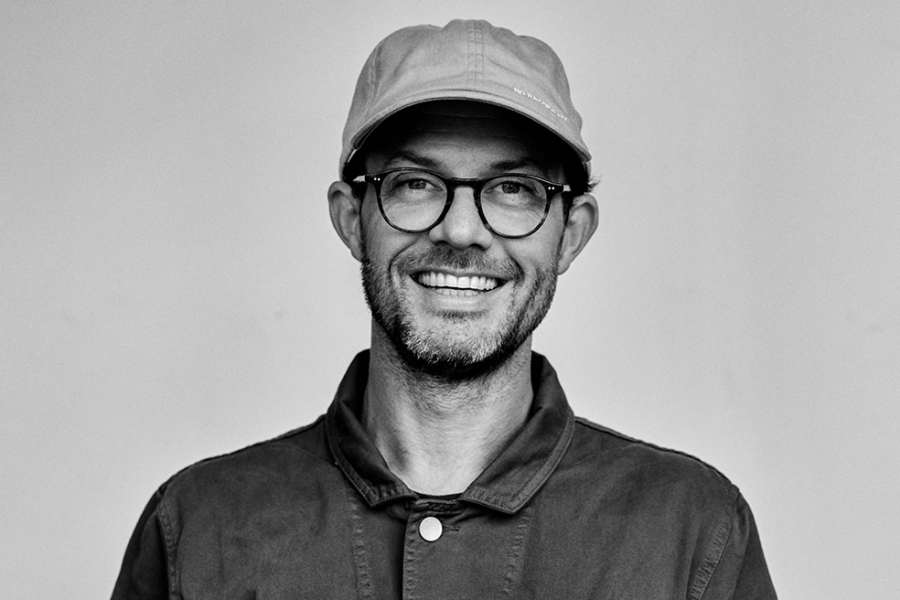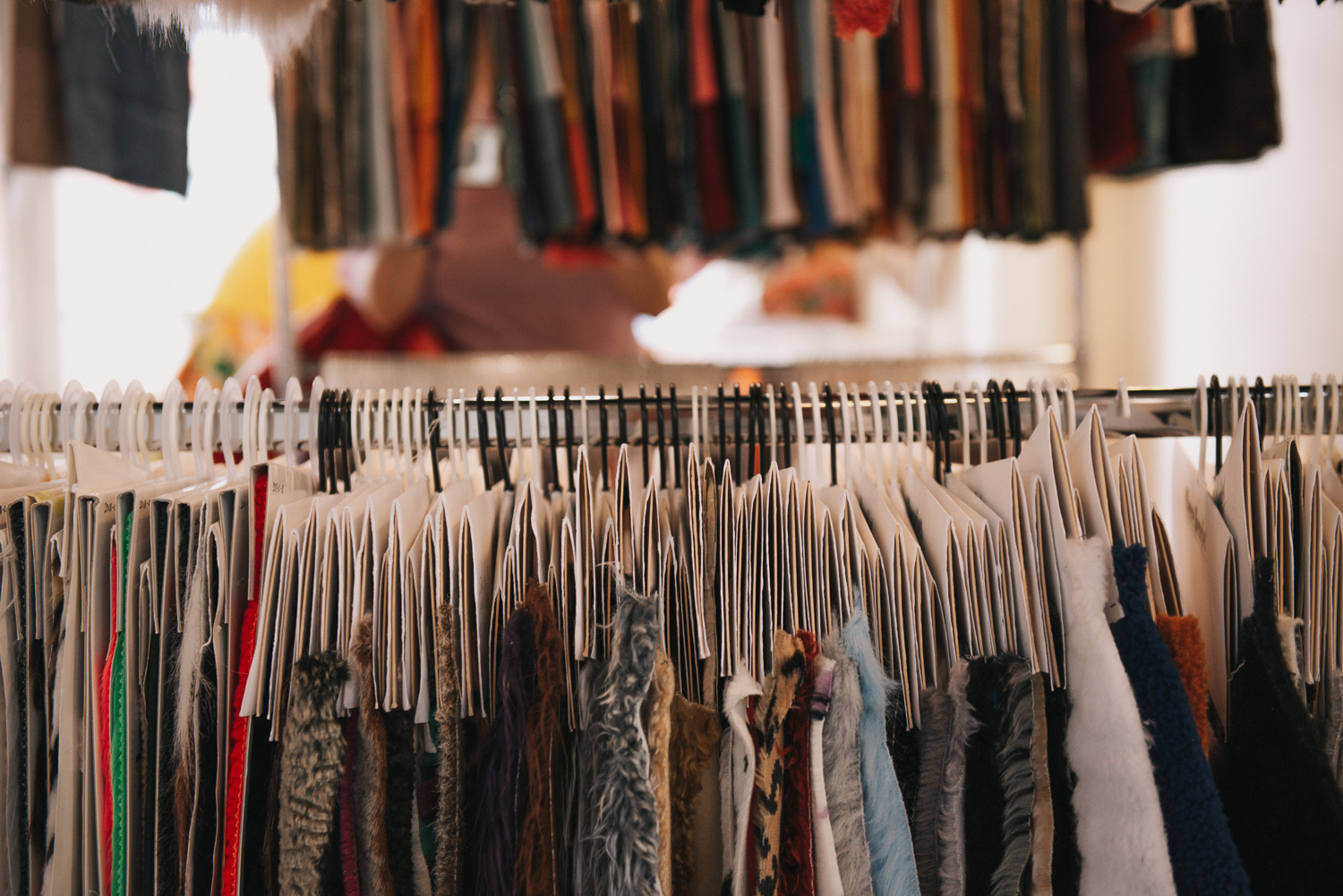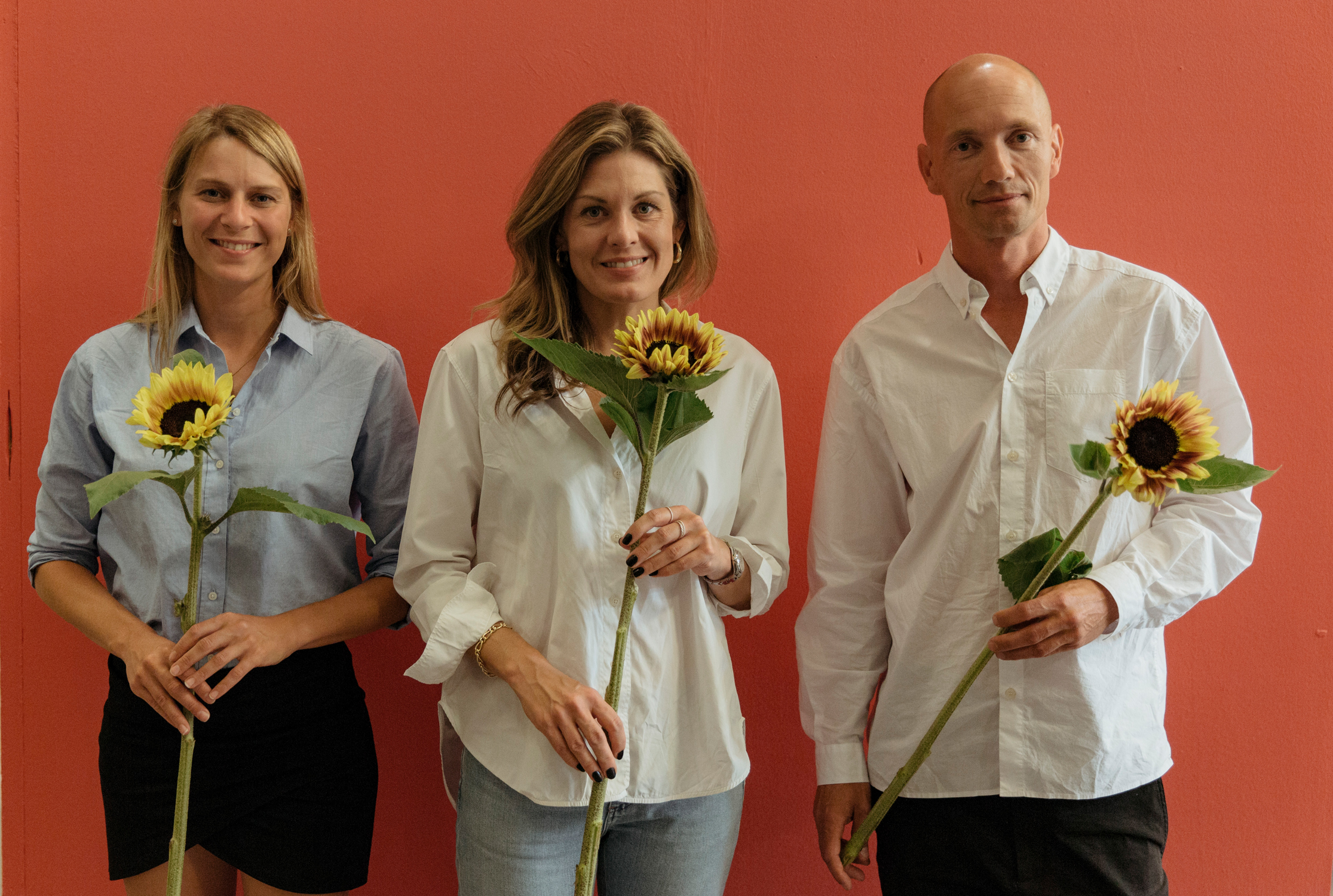
Here are the surprising sustainability issues that end consumers care about the most
We interviewed the consumer behaviour expert about the fact that 8 out of 10 consumers are attracted to sustainability.
Fredrik Ekström has some 20+ years experience working with brands, insights, and activations, both from agencies and the brand side – including 6 years as Head of Marketing and Creative Director at Tretorn. He now runs his own business, Above The Clouds (abovetheclouds.se), as a freelance branding consultant and business advisor. Specialising in sustainability and transforming insights into actions, he’s helping brands understand global drivers, value changes, and macro trends and how that could be defined into their strategic platform and then turned into a roadmap of actions.
What do your clients ask you the most about right now?
– The most popular request is: what’s happening, what will the consumer want for the next five years?
And what do you reply?
– I have a system where I map out the future landscape. There, I look at how global drivers, such as how sustainability and the digital transformation is reshaping the world we live in, affecting everyone and everything. I also look at how value changes trickle down to macro trends and micro trends, creating cultural manifestations that conveys to strategic implications for brands.
You have just launched the third edition of the annual report The NXT Sustainable Consumer. What is it?
– It’s a report based on quantitative data from over 2000 people. To be exact, we surveyed 2,405 respondents with a nationally representative selection of people in Sweden and Denmark. The large amount of people is because we want to be able to draw statistically correct conclusions even in the young age group of Gen-Z.
How come that you launched it in the first place?
– We know that many brands struggle with sustainability. They have a challenge of understanding how to do it, where to start, and how to explain it internally in the organisation. When we define what the next sustainable consumer looks like, we look at who it is, what attracts them, what drives them, what scares them, and what triggers them in terms of status symbols to make or not make changes towards a sustainable lifestyle. And this is important for brands to know because if they want to engage with consumers in the future, they need to understand who the consumer is and what their approach to sustainability looks like. Otherwise, they go out on a market and think that sustainability is a one-solution label where everyone trigger on the same messaging buzzwords.
And we all know that it’s way more complex than that.
– It is, definitely. And we can see in the report that in fact, 8 out of 10 consumers identify themselves to be a person where sustainability is something they want to be reflected on their self image and identity. So, this also means that 8 out of 10 consumers are attracted to sustainability in some way. However, as you said, it’s much more granular than that. So what we created as a first step in the report is something that we call the Sustainable Consumer Readiness Index. This is for brands to start mapping out: What consumer do they have today, what consumer do they want to have tomorrow, and how do these consumers interact with sustainability as a ’lifestyle concept’.
Tell us more about this year’s report.
– In this index, we’ve mapped out five different archetypes. In the forefront, we have Dedicated Pioneers, followed by Anxious Activists. In the middle, we have the Eco-Swingers and then we have Sceptic Spectators and Sustainability Zombies. So, as indicated, the Pioneers and the Zombies are the opposite of each other, Ekström explains. He continues:
– We can also see that many brands think that all sustainability consumers are Dedicated Pioneers. And, they’re definitely not. This group is only about 8% of the population in Sweden and Denmark – it’s pretty similar between the countries – and they’re attracted to true holistic, value-driven companies that live and breathe sustainability. For them, it’s the real deal. This is also not the most frequent consumer group – they don’t buy that much, because they believe that products should last long, be repaired, and taken care of and nurtured. So, it’s a small group but they’re in the forefront and really important. Also, when we go down in age, we can see that it’s twice as high. I mentioned 8% in the total population, but it’s 18% in Gen-Z. So the younger generation is more dedicated and engaged in sustainability.
– The next group, the Anxious Activists, is large, 38%, and is worried about the planet and wants to see actions and results: ’What are you doing now?’ ’How does this affect the planet?’ The next group, the Eco Swingers, are more into storytelling and communication starters. They do believe that sustainability is the real deal but they are in a contemporary consumer culture, so they are swinging back and forth. One day, they make good choices for the planet. The next day, they do traditional choices that they used to do years ago. They’re 31% of the population, which means that these Swingers and the Anxious Activists are the two big groups.
– As I mentioned, what we know is that when many brands try to approach sustainability, they think that all sustainable consumers are the Dedicated Pioneers. So they are going out to be really purpose-preaching, doing a lot of things that’s been trending the last years and are out there preaching why they do it. They talk about why it’s important, ’there’s no planet B’, this is so important, we need to fix this, blah, blah… The consumer, they don’t see that, because they know all of this. They see it as a hygiene factor, asking: ’We know the planet is not in balance but what are you actually doing about it?’ That’s also where the big group comes in, the Anxious Activists. They want to see results. So, one of the guiding principles with this index is that brands could navigate between the consumer archetypes and start assessing who they are communicating with today – and who they want to communicate with tomorrow.
And the two other groups are not that conscious.
– No. These three groups – the Dedicated, the Anxious, and the Eco Swingers – are the ones that we are labelling ’the three green groups’ which together end up in 77%. So, as I said, 8 out of 10 of the population are in some way identifying themselves to be connected to sustainability with their self image. And they want it to be reflected on their identity when they are building their image with the peer groups and how they want to be perceived. This of course gives a lot of opportunities for brands. However, a lot of them are still evaluating the future by looking in the rear mirror. They look at last year or the last consecutive five years’ sales reports and they try to map out the future of what they sold during those last few years. And for me, that’s not a good way to address a future-focused strategy. It’s more important to look at what the consumer wants, how they identify themselves, and what kind of values they want to be associated with. And then, brands can easily start looking into the future and mapping out the strategy to be attractive to these three groups.
Have you also identified any particularly important topics for the respondents?
– Yes, we do quite a lot of top lists where we list a bunch of different wordings or characteristics and, for instance, what impresses them the most and what they feel is the most important topics. One of them that is really interesting is that we ask them what characteristics that are related to sustainability, such as: ’What do you think is the most important when you characterise a sustainable dream brand?’ Or, ’what makes a brand be a dream brand within sustainability?’ Both this year and last year, the number one on the list was ’a brand that takes care of its employees’. Not one that is climate-neutral or climate-positive or something that is harder for the consumer to understand but a thing that is closer to them. Many of the brands, when trying to approach sustainability, think that it’s about how much recycled material they can have in the fabric, or how to cut the carbon footprint the most. But being climate neutral is only the second most important when the consumer states the characteristics. The third one is ’to make sure that everyone gets paid in the factories and throughout the value chain’. So there’s two of the social aspects in the top, both last year and this year, which means that the consumer has a broader perspective on sustainability than most brands think.
How has consumer behaviour changed since you started with the report, and what do you expect will continue to happen in the next few years?
– We are in a turmoil. We’re definitely in troubling times and everywhere, in all kinds of research we read, we can see that the consumer expects that it’s going to be worse, or much worse. And of course, they are looking into what they buy, how they buy it, at what price points they buy it, and what value it creates for them. We can see that in the total population between this year and last year, the largest group last year was the Eco-Swingers, the ones going back and forth. This year, the largest group is the Anxious Activists indicating that the consumers are getting more anxious about climate, the environment, and what’s happening. However, we could also see that the migration has gone from the Swingers to either the Anxious Activists and to the Sceptic Spectators, which means that in the total population, they’re getting less ’Eco-Swinging’ and more Anxious and Sceptic.
More polarised.
– Yes, they go two ways and probably, the Sceptic Spectators are hit by the inflation and the economic factors, which means that they’re not valuing eco-friendly, sustainable products or ethical choices in the same way – instead, they’re trying to survive with their own family. However, when we compare with the younger generation, the Gen-Z, it goes in the other direction. Also for them, the Eco Swingers was the biggest group last year but instead of going Sceptic, they’re going towards being even more dedicated – and more anxious; the Dedicated Pioneers is the group that is growing exponentially the most in Gen-Z. So, the total population is going two ways – sceptic or anxious – while the younger generation is getting more dedicated and more engaged within sustainability, ending up to be twice as many that identify themselves as being Dedicated Pioneers than the total population.
Which group would you say is the most common for a typical Scandinavian lifestyle brand to aim to reach.
– They need to have a strategy to reach all three of them. It’s not enough to only preach to the Dedicated, go for communicating results for the Anxious, or do fun storytelling projects for the Eco Swingers. They need to have a message hierarchy where they are communicating value-driven purpose statements for the forefront target groups, but also be able to be transparent and show the results and take action and engage in environmental causes to attract the Anxious Activists. But when you do the first two groups, it sometimes ends up that you’re being perceived as pretty boring when you just tell them what you do and how it works. So, you need to also have that kind of flair that goes with the Eco Swingers and make it fun, attractive, and enjoyable, because most consumers will still buy stuff because it’s something that they want to be associated with and something that is fun and looks nice and it’ll be perceived as joyful for them…
But that’s also a challenge because a typical brand only has one, say, Instagram page. So, the first group is very conscious and they won’t accept too ’commercial’ communication. And, the opposite – if you aim for these two bigger consumer groups, the pioneers won’t think that you’re progressive enough.
– Yes, definitely but I actually don’t see that as a problem, marketing departments just need to face that challenge and address it and work closer together with the product team and the marketing team. You can then start building your storytelling in the product development phase, creating stories around what you do and how you do it – with sourcing techniques, dying techniques, manufacturing, etcetera – to make it communicable to the Anxious Activists. And then you can bring it out with visual identities, collabs, influencer marketing, and such to make it look nice and attract the Eco-Swingers. All together, you have the overarching message that is your purpose statement, why you do it. If the product team and marketing team work more closely together, it’s easier to make this happen. If you’re still working in silos, it’s harder because then you get the old linear traditional way: ’This is a product we made, now you market it’. And then you need to make up your stories, which means that it’s harder to communicate.
Lastly, based on the report, what is the one call to action for brands that you’d like to highlight?
– The first thing to do is to understand that you need to understand the next sustainable consumer; what attracts them, what drives them, what it is that triggers them to take action. Look at the three ’green archetypes’ and map out who you speak with today and who you want to speak with tomorrow and then you can assess how you communicate with them. What kind of triggers, drivers, and qualifiers do you have in your communication? Triggers are bold, symbolic actions that stands out, drivers are how you promote your products, features, and benefits within sustainable communication, and qualifiers are how transparent you are, how you share everything, and show what you do – that you’re not breaking any laws and is fully open with where you are in your own transformation. That would be the starting point: Who do you speak with today? Who do you want to speak with tomorrow?




